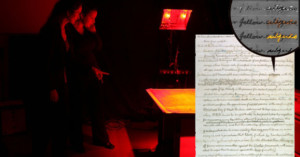
How Hyperspectral Cameras Are Being Used to Uncover Ancient Mysteries
Hyperspectral cameras are those that can capture information in the electromagnetic spectrum, far beyond what the human eye — …

Hyperspectral cameras are those that can capture information in the electromagnetic spectrum, far beyond what the human eye — …
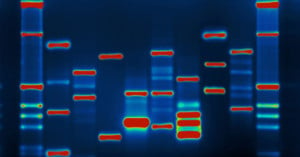
If you think modern day hard drives store a lot of data, get a load of this: researchers at Harvard have succeeded in storing roughly 700 terabytes of data in a single gram of DNA. The strands of DNA are treated much like other storage devices, except instead of using electric charge or magnetism to store information, DNA's four bases (A,C,G,T) are used.
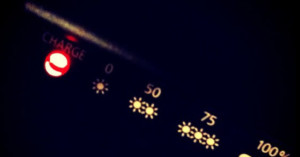
What if the battery in your camera could be charged in the same amount of time it takes to microwave a cup of instant noodles? It sounds crazy, but that's what appears to be headed our way.
Researchers at the Ulsan National Institute of Science and Technology in South Korea have figured out a way to drastically cut down the time it takes to recharge a lithium-ion battery -- the same kind found in most digital cameras.
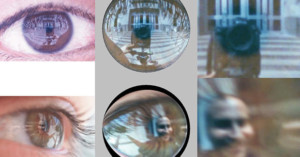
Earlier today, we poked fun at a clip from the TV show CSI showing some pseudo-scientific photo enhancing. Many of the comments on YouTube also poked fun at the mention of "corneal imaging", in which the investigators used to obtain imagery from the reflections seen in an eyeball. Turns out corneal imaging is a real thing...
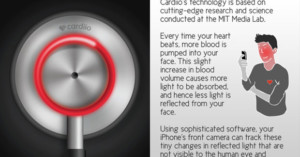
"Any sufficiently advanced technology is indistinguishable from magic." That's the quote by science fiction author Arthur C. Clarke that you'll find on Cardiio's homepage. It's a quote that is quite appropriate, given what the app can do.
The app is a touch-free heart rate monitor that can accurately tell you your pulse by simply looking at your face through your phone's camera.
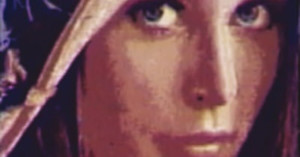
Stuff a few thousand dots per inch into a color print, and you have yourself a pretty high resolution image that most people would approve of. What if you could stuff 100,000 dots into that same inch?
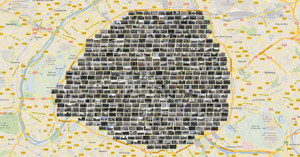
Cameras these days are smart enough to recognize the faces found inside photographs and label them with names. What if the same kind of recognition could be done for the locations of photographs? What if, instead of using satellite geodata, the camera could simply recognize where it is by the contents of the photographs?
That's what research being done at Carnegie Mellon University and INRIA/Ecole Normale Supérieure in Paris may one day lead to. A group of researchers have created a computer program that can identify the distinctive architectural elements of major cities by processing street-level photos.
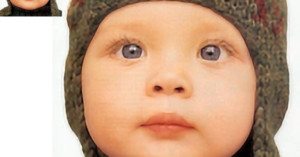
“Super-Resolution From a Single Image” is an interesting research page by computer scientists …
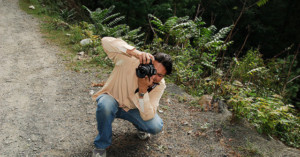
An interesting headline spotted over at Yahoo News: “More Americans Becoming Serious Photographers“.
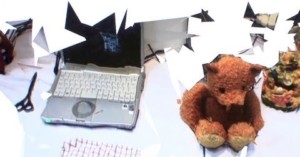
There's nothing new about creating 3D spacial diagrams using 2D photos, but what a group of Japanese researchers is currently working on may speed up and streamline the process so much so that anybody can use it. Their system uses no special camera equipment, all you need is a point-and-shoot and a wireless SD card so that you can upload form anywhere.
If you have those two things, the software that the researchers from the Tokyo Institute of Technology are developing can take the pics you send its way and quickly create a spacial 3D reconstruction based on those photos. This way you could access and see the results, even from a distance, right away.
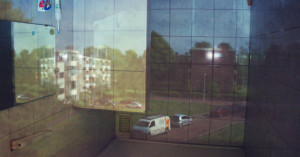
The camera obscura has been around for a long time (Middle Ages long) and typically consisted of a box or room with a hole in one side through which an image of its surroundings could be formed. As you can see from the example above, any room -- in this case a bathroom -- can be turned into a camera obscura given a small enough "aperture." Unfortunately, most rooms have big, blaring windows that let in too much light, and the only image formed on the opposite wall is a shadowy blob.
In the name of forensics, however, Antonio Torralba and William Freeman from MIT have discovered a technique by which they can turn any windowed room into a camera obscura, using a couple of stills of the room to magically gather an image of the outside world.
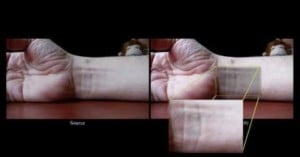
Here’s a video overview of some interesting research that’s being done in the area of video processing. By taking …

If you've always felt that you look more attractive in videos than you do in photographs, you're not alone. A recent study done by researchers at UC Davis and Harvard has found that subjects generally find video footage of people more attractive than stills showing the same face. It turns out that looking attractive in photos is no easy feat due to what the researchers are calling the "frozen face effect."
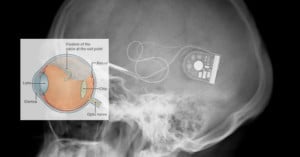
Image sensors and the advent of digital imaging have been met with differing reactions from the photographical community. But what a team of doctors at the Oxford Eye Hospital have managed to do with the technology is 100% digital, and 100% amazing. Clinical trial leaders Robert MacLaren and Tim Jackson have helped two blind men to partially see again.
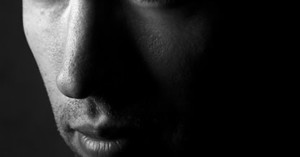
Everybody has had pictures taken that they can hardly stand to look at. Even professional portraits that eliminate blemishes and show you in attractive poses sometimes look strained, or emotionless. Well, a recent study published in Experimental Brain Research seems to say that the remedy could be as easy as turning the other cheek.
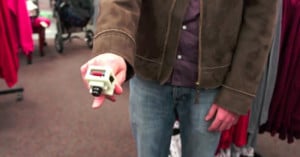
MIT's Media Lab is no stranger to innovation; from super-high-speed cameras to cameras that can see around walls, they always seem to be on the cutting edge of imaging innovation. Their newest project, the EyeRing, is yet another innovative idea that could some day revolutionize the way we take pictures and experience our world.
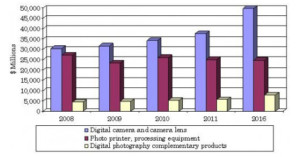
BBC Research has released a new report stating that the digital photography industry …
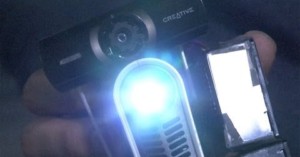
Researchers at Osaka University in Japan have created a new camera that makes …
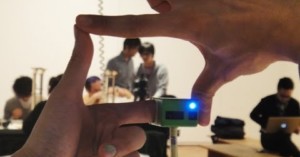
Last November we featured a concept camera called Air that is worn on your fingers and snaps …
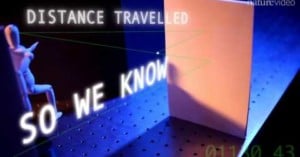
Back in 2010 we shared that MIT was developing a special camera that uses echoes of light …
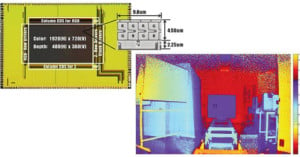
Samsung has developed what the company claims is the world’s first CMOS sensor that can capture both RGB and …
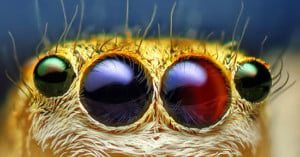
In a paper published in Science this week, Japanese researchers reported on a discovery that jumping spiders use a method for gauging distance called "image defocus", which no other living organism is known to use. Rather than use focusing and stereoscopic vision like humans or head-wobbling motion parallax like birds, the spiders have two green-detecting layers in their eyes -- one in focus and one not. By comparing the two, the spiders can determine the distance from objects. Scientists discovered that bathing spiders in pure red light "breaks" their distance measuring ability.
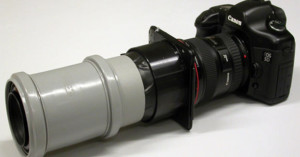
Hyperspectral cameras are capable of collecting and processing information across the electromagnetic spectrum …
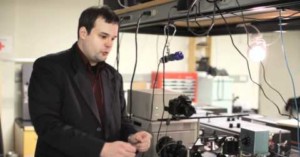
Here’s an interesting look at the amazing camera being developed at MIT that shoots a staggering one trillion frames …
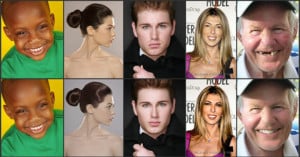
What if all advertising photos came with a number that revealed the degree to which they were Photoshopped? We …

Xerox is showing off a new tool called Aesthetic Image Search over on …

You probably know that stopping down (i.e. increasing your f-stop number) can increase …
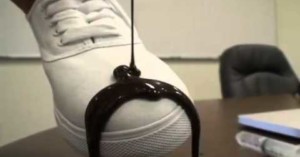
Ross Technology Corp. has developed an amazing silicon-based spray-on coating called NeverWet that can make almost anything completely waterproof. An iPhone sprayed with NeverWet still functions perfectly after being submerged underwater for half an hour. Spraying the coating on clothes causes liquids (e.g. water, oil, chocolate syrup) to slide right off.
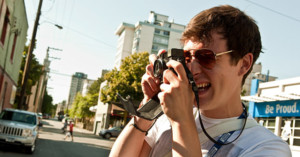
Contrast detection is one of the two main techniques used in camera autofocus …
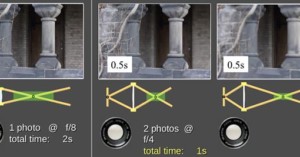
Google scientist Sam Hasinoff has come up with …